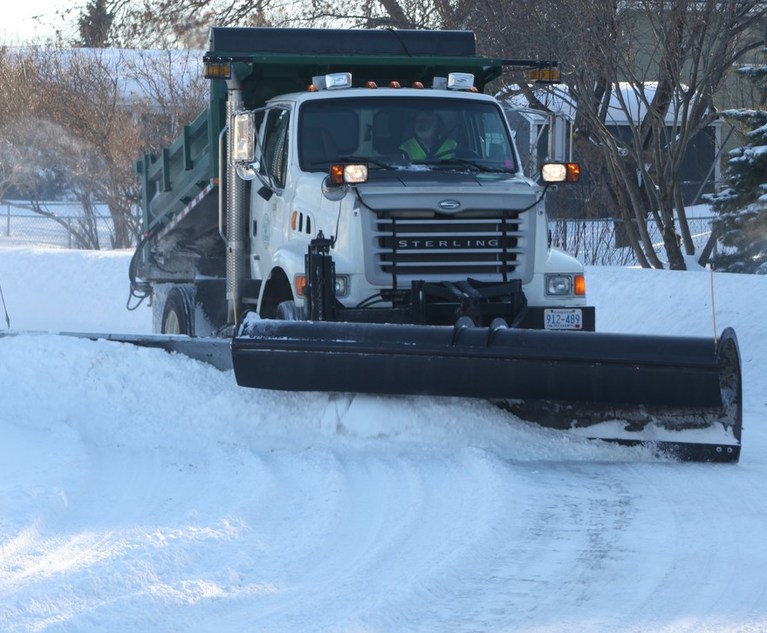New York Vehicle and Traffic Law (hereinafter VTL) §1103(b) provides that a driver of a hazard vehicle (snowplow, street sweeper, dump truck, garbage truck, etc.), may escape liability for injuries caused under certain circumstances. Drivers of hazard vehicles are protected from liability for the consequences of their negligence if their vehicle was “actually engaged in work on a highway,” and the driver has fulfilled their “duty to proceed at all times during all phases of such work with due regard for the safety of all persons.” VTL §1103(b).
Plaintiffs are required to demonstrate that their injuries are “the consequences of [the driver’s] reckless disregard for the safety of others” (emphasis supplied). VTL §1103(b). When this standard applies, a plaintiff cannot recover without demonstrating that the hazard vehicle operator has “intentionally done an act of unreasonable character in disregard of a known or obvious risk that was so great as to make it highly probable that harm would follow…with conscious indifference to the outcome.” Saarinen v. Kerr, 84 N.Y.2d 494, 501 (1994). This is a heavy burden of proof for plaintiffs to sustain.
Reckless as a Matter of Law
This content has been archived. It is available through our partners, LexisNexis® and Bloomberg Law.
To view this content, please continue to their sites.
Not a Lexis Subscriber?
Subscribe Now
Not a Bloomberg Law Subscriber?
Subscribe Now
LexisNexis® and Bloomberg Law are third party online distributors of the broad collection of current and archived versions of ALM's legal news publications. LexisNexis® and Bloomberg Law customers are able to access and use ALM's content, including content from the National Law Journal, The American Lawyer, Legaltech News, The New York Law Journal, and Corporate Counsel, as well as other sources of legal information.
For questions call 1-877-256-2472 or contact us at [email protected]







